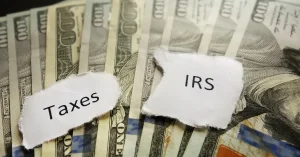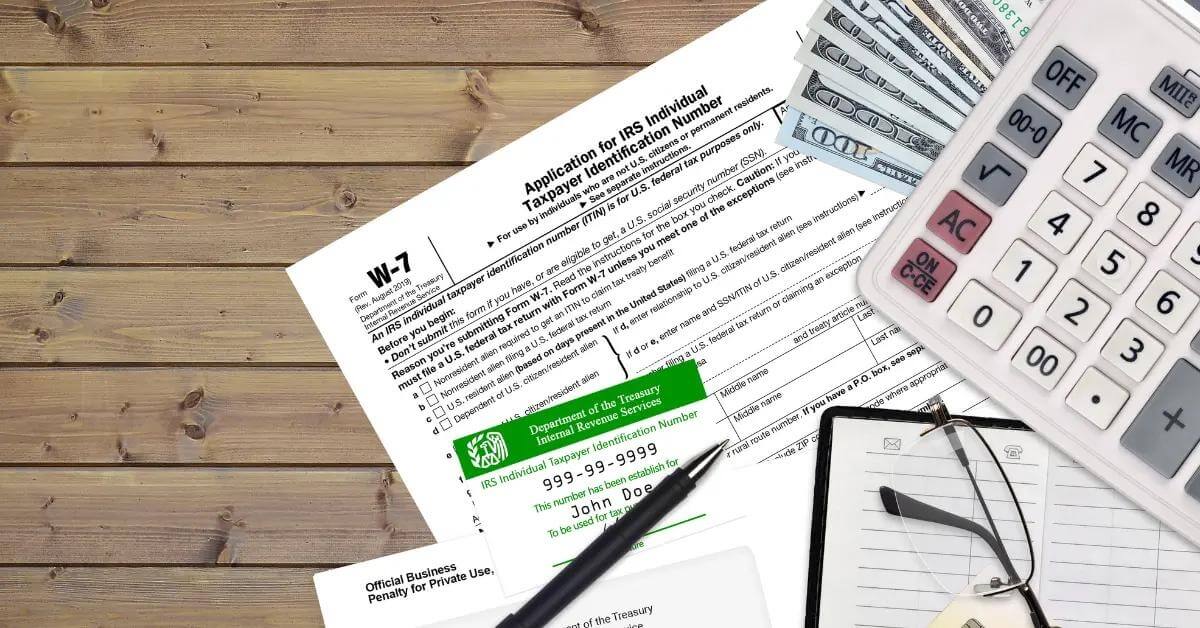If you’ve got investments, especially stock in a company, there’s a good chance you’ve been paid a dividend from that investment. Ultimately, this is why you invest, hoping the investment will make you money.
Dividends get paid to investors and stockholders from a company, often in the form of cash or stock options. Companies pay dividends when they make money as a way of paying that profit back to the investors who put money into the company.
Form 1099-DIV gets used to report these dividend payments. The IRS considers these dividend payments income and requires those paying them to report the income to them and to you for tax season.
So, what does it mean for you as an investor and a person filing your taxes if you get Form 1099-DIV sent to you? Read on to learn what you need to know about this IRS form and what it means for filing your taxes this year.
What Is IRS Form 1099 DIV?
If you received dividends this year, then you’ll likely receive the IRS form 1099-DIV, a close cousin of the IRS Form 1099.
The IRS has several different 1099 forms they use. Each has the same basic purpose, to report income that didn’t come from your regular work salary.
You might get Form 1099 as a freelancer or contract worker. This would report income to the IRS that you received in your work in that role, but that you didn’t pay traditional income tax on yet.
Form 1099-DIV reports the income you received because you got paid a dividend of some kind.
Most companies pay dividends quarterly, some semi-annually, others once a year. No matter how often a company pays out dividends, they’re responsible to keep track of what they’ve paid and then report to the IRS using Form 1099-DIV.
What Should You Do If You Get Any DIV Tax Forms?
You have Form 1099-DIV, maybe even several of them. Now, what do you do with them?
Nearly all Americans use the IRS 1040 or 1040-SR to file their taxes. This form requires you to report all forms of income you’ve received over the course of the year to the IRS.
Form 1099-DIV allows you to add up all income you’ve received through dividends so you can record it on your 1040 form. Many will need to use Schedule B to do this. More on this later.
Who Files Form 1099-DIV, Dividends and Distributions?
Each year employers are required by law to provide employees with a W-2 form that shows their income and taxes paid. They also provide a copy of this to the IRS. This must get done by January 31st for the previous year’s earnings.
The same basic rules apply to the payment of dividends. Companies must provide Form 1099-DIV to individuals who got dividend payments and to the IRS as well.
Like a W-2 form, it has important identifier information on it including:
- Recipient’s name
- Address
- Social Security Number (SSN)
- Payer’s name and address
- IRS identification number and plan number
The other part of the form contains the figures that are relevant to what was paid out.
Tax Time With the Form 1099-DIV, Dividends and Distributions
Once you get a Form 1099-DIV, you might wonder how to go about filing it with the IRS.
The form has a Copy A and a Copy B. Copy A comes in red ink and is there for your informational purposes.
Copy B has two parts. One part is intended for you to keep for your records. The other part you should attach to your state tax return.
Businesses can download and print these forms from the IRS website.
As a taxpayer, you’re required to record each and every Form 1099-DIV you receive.
Reading and Understanding Form 1099-DIV
Like many tax forms, this one comes with many individual boxes. Each box has a different purpose. It’s likely to get the Form 1099-DIV with some boxes filled in and others that are blank.
The boxes will not only report different pieces of information related to payments made to you. Depending on which boxes get filled, you’ll know where to record them on your 1040 form.
Let’s break down Form 1099-DIV.
In Box 1a of the 1099-DIV, you will see reported the amount of income from ordinary dividends. Box 1b reports income from qualified dividends.
If you invest in mutual funds and they pay capital gains distributions, you’ll also get a Form 1099-DIV. This information is reported in Box 2a.
If you paid any state and federal taxes withholdings on any of your dividend or distribution payments, this information is reported in Box 4.
Getting a Mutual Fund Distribution
One important thing to note about mutual fund distributions. When you’re paid a distribution from a mutual fund investment, it’ll be reported in Box 2a of Form 1099-DIV.
In most cases, the IRS will allow you to treat the distribution recorded in Box 2a as a long-term capital gains distribution, the same way they’d treat a qualified dividend.
Use Schedule B to Calculate Tax Implications
When the IRS revised the 1040 form, they asked taxpayers to use several different schedules to calculate information and then record it on the master 1040 form.
Schedule B from the IRS gets used if you received over $1,500 of taxable interest or ordinary dividends.
Whether you use Schedule B or not will not impact how much you pay in taxes. Only the amount you received in the actual dividends will impact how much you pay.
Know What to Do If You’re Given IRS Form 1099-DIV
Form 1099-DIV is received by investors when they’ve been paid a type of income such as dividends. The many forms of 1099 all report some type of income you’ve received to the IRS.
Our tax attorneys are ready to help you sort out how to handle any Form 1099-DIV forms you’ve received. We can help you work out your Schedule B form and get your taxes accurately filed for you.
Contact us today to get your taxes started this year.








